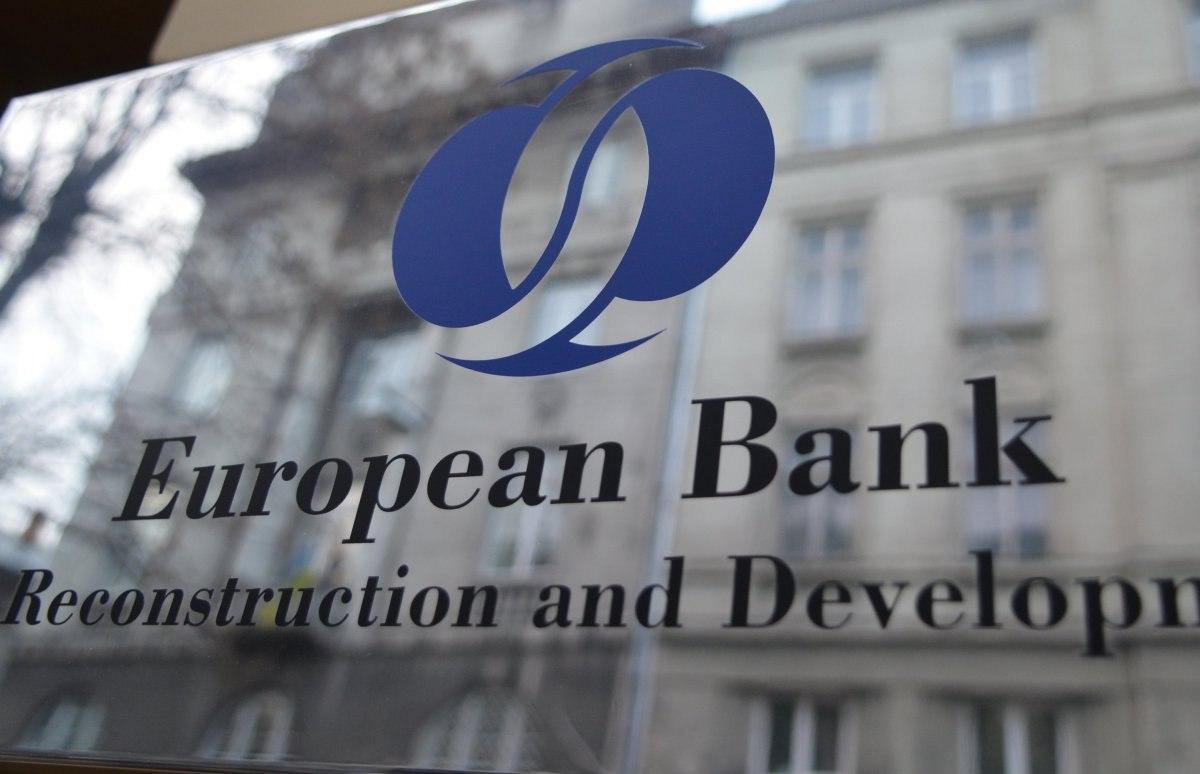BAKU, Azerbaijan, March 31. Central Asian economies will likely experience significant collateral damage resulting from the war on Ukraine and international sanctions on Russia, the Regional Economic Outlook of European Development Bank said, Trend reports citing the Bank.
The region will be negatively affected through five main channels, the report said.
First, remittances are a major source of income and foreign currency earnings for Central Asian economies (31 per cent of GDP in the Kyrgyz Republic, 26.7 per cent in Tajikistan and 11.4 per cent in Uzbekistan). Russia is a major source, accounting for more than 50 per cent of the total received in the first nine months of 2021 by Tajikistan and Uzbekistan, and more than 80 per cent of the total received by the Kyrgyz Republic.
Second, uncertainty is affecting investment and job creation. Domestic labour markets may be slow to create new jobs because of major uncertainty affecting investment (as already reported by EBRD clients). With Kazakhstan and the Kyrgyz Republic still reeling from recent political upheavals, labour market pressures may have implications for their continued political stability.
Third, returning migrants may put strain on labour markets. If Russia goes into a protracted crisis, many Central Asian countries will see migrant workers returning to the region, putting pressure on wages and increasing competition in the lowqualification segment of the labour market. Such pressures may be particularly acute in Uzbekistan and Tajikistan due to their migrant workers being concentrated in the Russian construction industry (Russian-speaking Kyrgyz migrants are mostly employed in the Russian services industry). On the other hand, the inflow of Russian, Belarusian and Ukrainian migrants to Central Asia may provide the region’s knowledge-intensive sectors with a strong impetus given that many of these migrants are entrepreneurs, developers and digital nomads.
Fourth, increased energy prices will negatively affect net energy importers – the Kyrgyz Republic and Tajikistan. Kazakhstan, Mongolia, Turkmenistan and Uzbekistan, on the other hand, will reap significant benefits. Elevated prices for gold, ferrous and non-ferrous metals will be a major compensating factor for all Central Asian economies.
Last, supply chain disruptions will affect all Central Asian countries, but will be particularly acute for countries with the highest share of transit trade through Russia, such as Kazakhstan and Mongolia. Lingering Covid-19 restrictions on the Chinese border will be an aggravating factor. Turkey will likely emerge as a major regional distribution hub serving Western, South Korean and Japanese companies, resulting in additional transport and logistics costs.
Russia’s share in Central Asia’s imports is very substantial, ranging from 42 per cent for Kazakhstan to 21 per cent for Turkmenistan. Economies also faced quick pass-through from devaluation and higher global commodity prices to inflation. The first weeks of war resulted in most of Central Asia’s national currencies quickly losing value (by about 20 per cent in the Kyrgyz Republic and Kazakhstan, by 15 per cent in Tajikistan and by 7 per cent in Uzbekistan) – despite increased policy rates and market interventions by Central Banks. Some of these early losses have been erased in more recent days, in sync with the Russian rouble.
A major drop in remittances is one immediate cause of this turbulence (Tajikistan officially reported a 75 per cent drop the value of remittances received in the first 10 days of March 2022, a blow to the country’s supply of foreign currency liquidity).
Another cause is dependence on Russian banks for the supply of physical hard currency cash and correspondent bank accounts (for example, 75 per cent of all correspondent accounts held by Tajikistani financial credit institutions are held with Russian banks). The pass-through from currency devaluation to inflation is likely to be very significant given that imports account for a very large share of consumption across Central Asia (for instance, 60 per cent in Tajikistan).
Most Central Asian economies can ill afford a spike in food and consumer good prices. Major producers of wheat, such as Kazakhstan and Uzbekistan will seek to constrain price increases by setting export quotas. Importers will have no choice but to subsidise basic food commodities, straining fiscal balances. To add insult to injury, increased fertilizer costs are expected to impact agricultural productivity and the prices of domestically produced foods.
The Kyrgyz Republic may be a special case, at least as far as official growth figures are concerned. In January 2022, the country introduced sweeping tax and custom administration reforms, which are likely to reduce illicit trade and informal economic activity. China’s trade statistics consistently show an excess of US$ 5-6 billion in Chinese exports to the Kyrgyz Republic (equivalent to 70-80 per cent of GDP) over the officially reported Kyrgyz data.
Assuming the on-going reforms are at least partially successful in curbing smuggling activities, the Kyrgyz Republic will see very significant gains in fiscal revenues and official GDP statistics over the next few years (paradoxically, the impact on actual income may be negative due reduced trade volumes).
Another special case is Turkmenistan, which is in a position to reap the benefits of its ‘splendid isolation’, immense energy reserves, strict rationing of access to hard currency, and its transportation-friendly location on the Caspian Sea.







